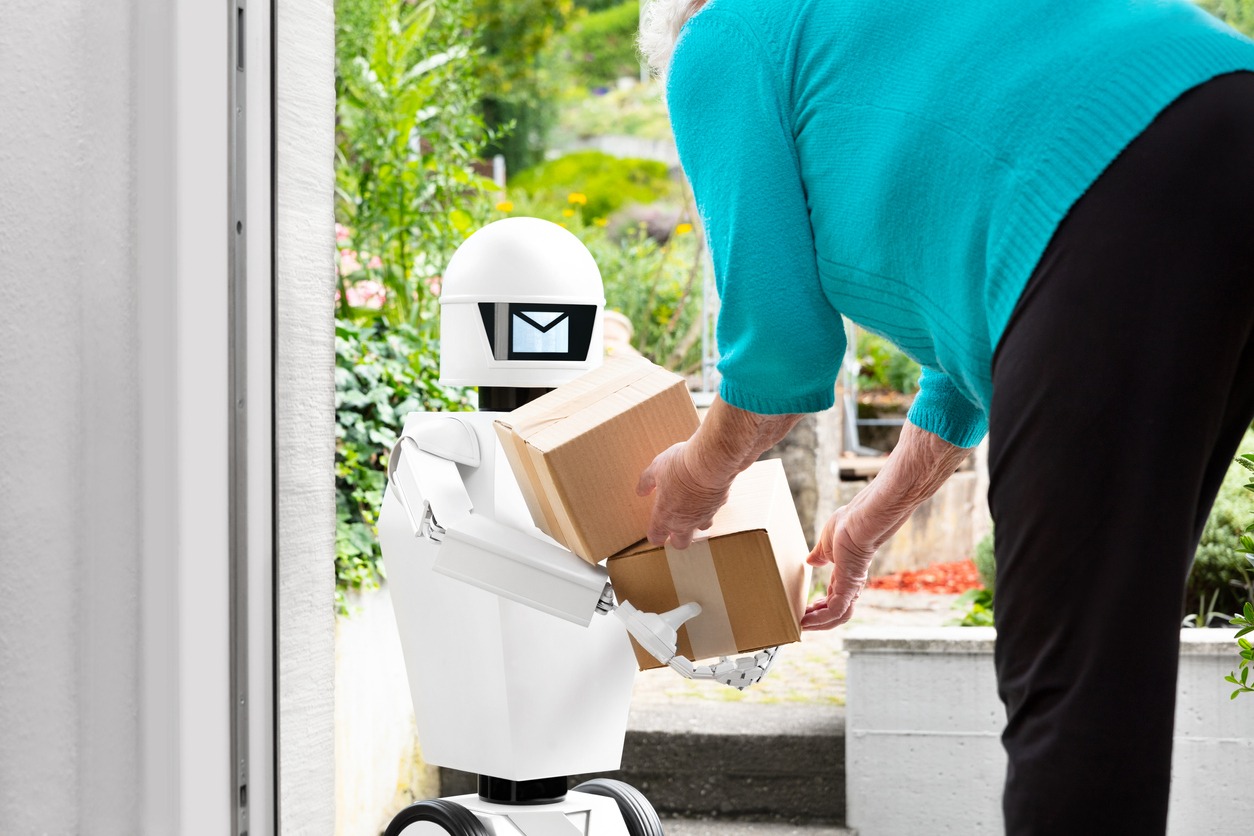An automated delivery robot is no longer a thing of the past. Across the globe, many companies have already used robots to deliver products right at the doorstep of their customers.
This reality will not surprise the public anymore, noting the great advancement in robotics technology and artificial intelligence.
“A distant future involving robotic package deliveries is now very much a reality. Advances in robotics, GPS tracking, automation, and navigation now mean you might not find a delivery person at your door with your package,” said tech writer Gavin Phillips of Technology Explained.
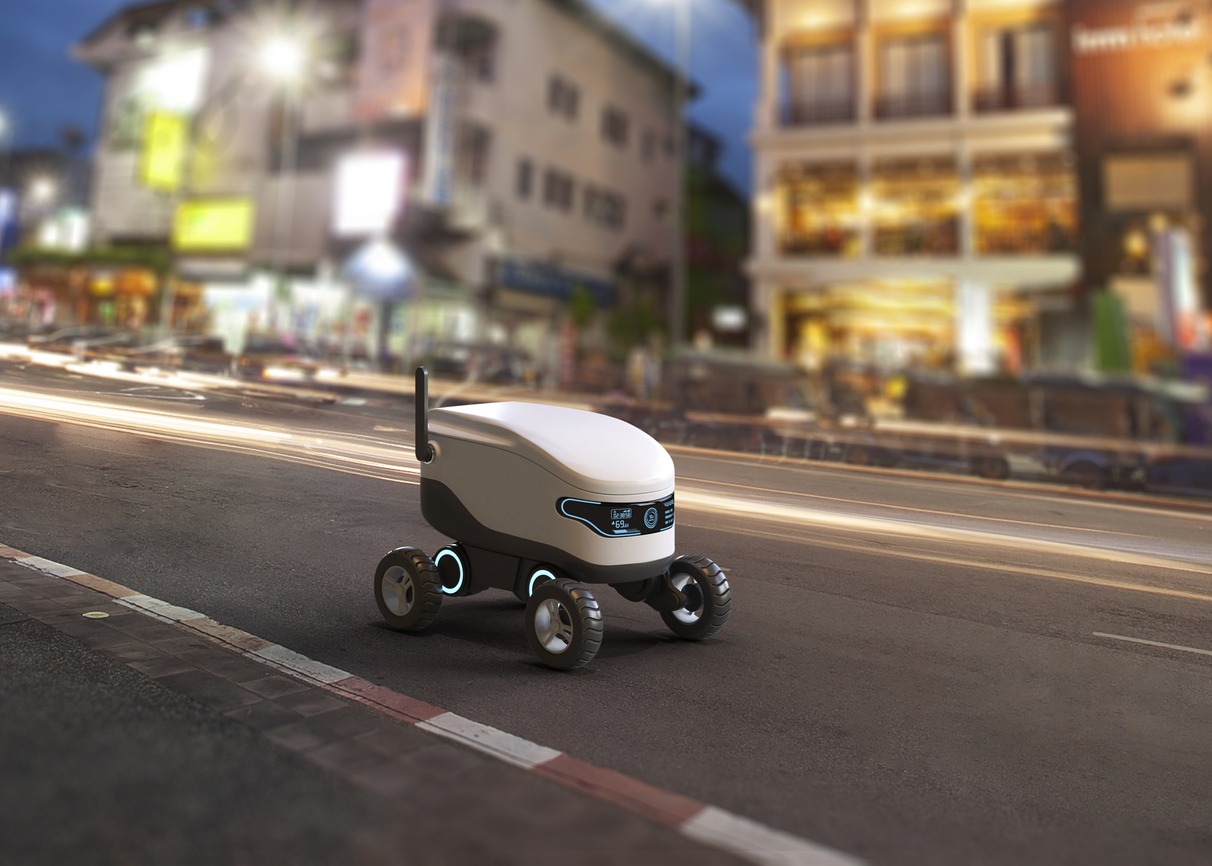
As automated machines, the delivery robots are responsible for bringing your drinks, food, packages, dinner, groceries, or shopping directly to your door by using an app with vendors in your area. These robots resemble a container on wheels and roll their way to your home upon making your purchase. They also help improve the quality of life of the customers.
The robot travels to your place from the vendor after activating your navigation app. However, you should also consider the locations of your place, including driveways, crossing, animals, vehicles, and pedestrians, among other things that prevent their smooth ride.
A delivery robot can calculate the shortest route to your location through satellite imagery of your place. As the robots continue to do their tasks, they can also develop a “collaborative memory” of your location, thereby making the next delivery faster and smoother.
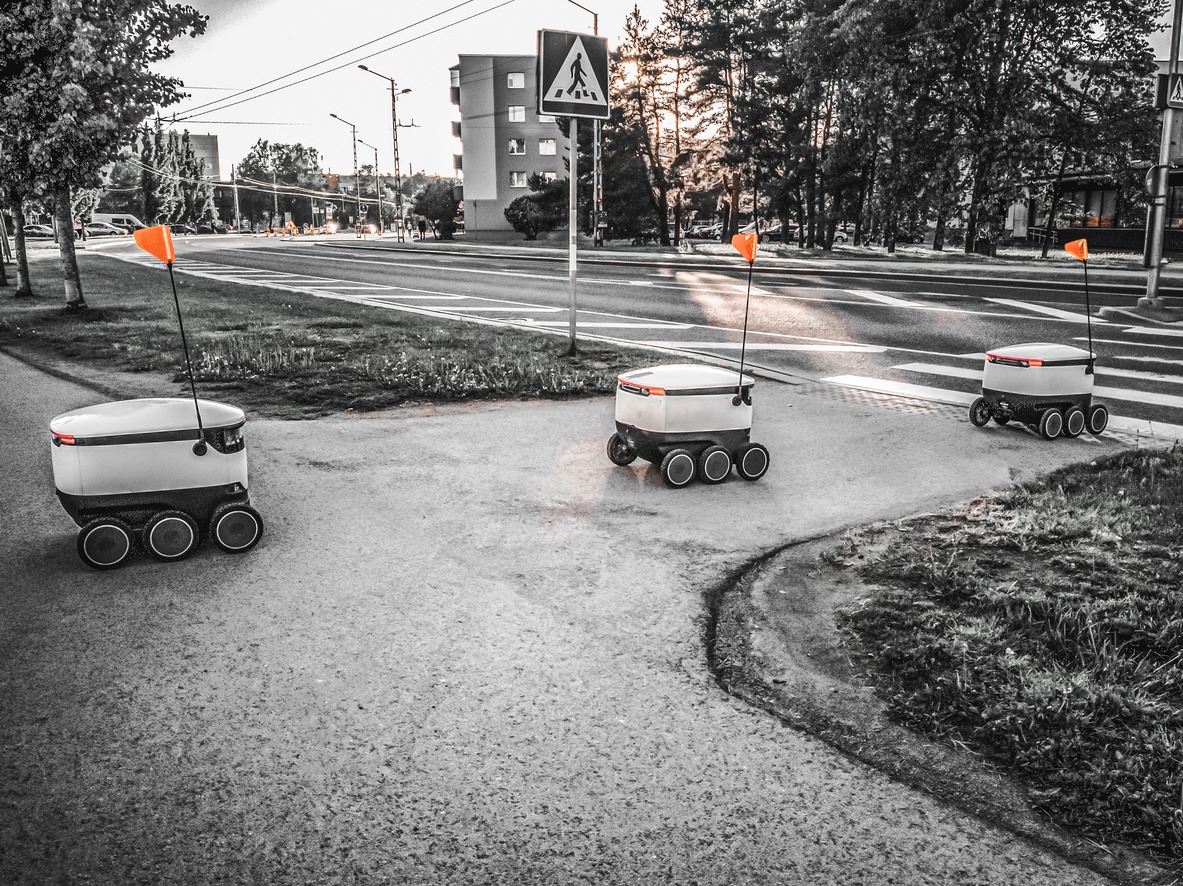
“The goal of all these robots is to deliver for what the industry calls the ‘last mile,’ or the distance from a local depot to a final destination,” said another tech writer Jesus Diaz.
“Right now, these routes are covered by humans in cars or vans. This is inefficient–it uses too much energy and worsens congestion. In some cases, for instance, on campuses or inside large office complexes, it’s time-consuming and impractical,” he added.
Today, both start-ups and big companies are tackling these delivery robots as demand continues to increase.
According to Alistair Charlton of Gear Brain, many companies are using these six-wheeled robots “designed to drive themselves along the sidewalk and the pathways of business parks and college campuses.” “Others are much larger and permitted to drive on public roads,” she said.
The Starship’s bots alone have already completed 100,000 autonomous deliveries and traveled more than 500,000 miles as of May 2020.
Another 400 robots Kiwibot built to date finished 90,000 deliveries worldwide as of June 2021. These bots are rented by restaurants for at least 20 U.S. dollars a day, according to Statista. The autonomous Kiwirobots were first used in 2017 at the University of California.
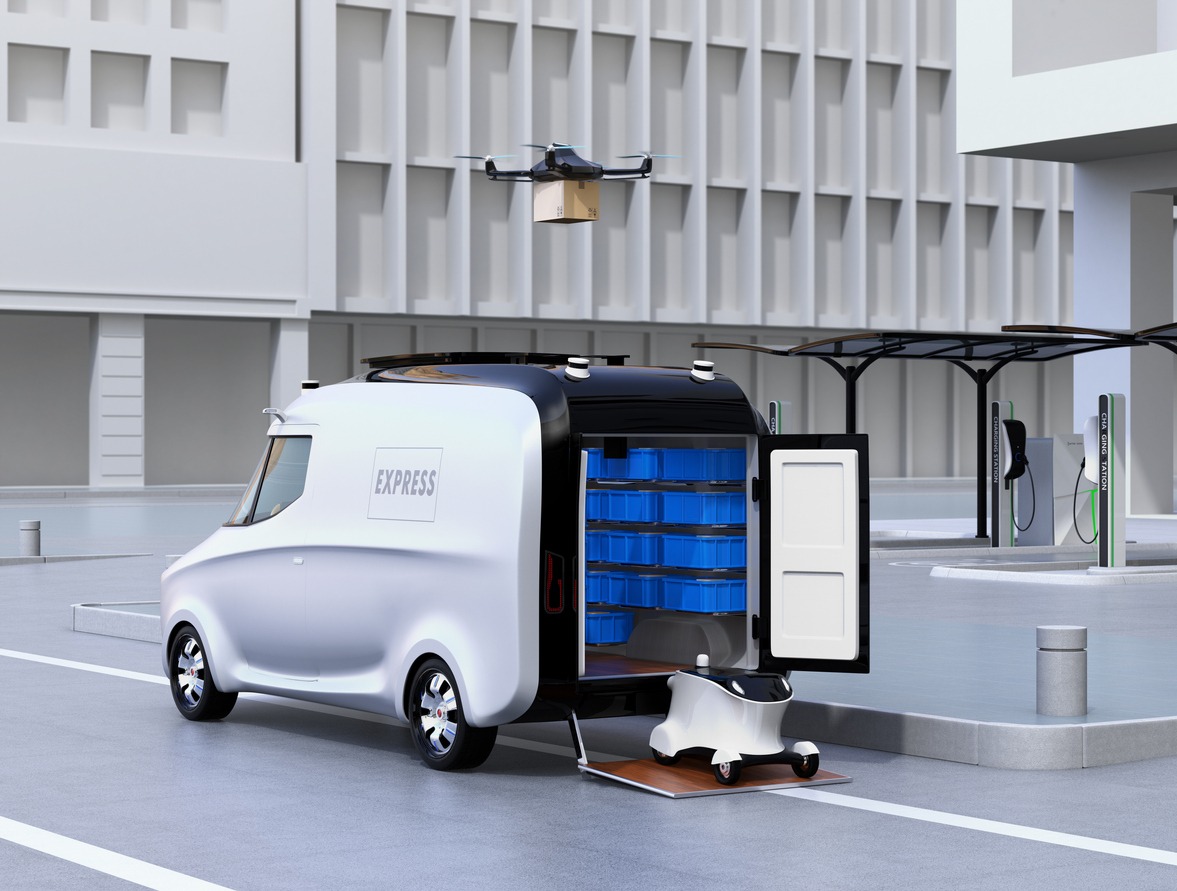
Some of the awesome delivery robots in the market
DAX
Dax is a semi-autonomous delivery robot that uses the DaxOS operating system to make smart decisions about getting from one place to the next. The company said that this delivery robot has a mobile-friendly delivery portal with GPS tracking that allows the user to track Dax’s location and progress in real time.
“Dax crews have a people-oriented design, with an articulating neck that allows them to look around, and two eyes that make expressions. You don’t have to guess where Dax is looking, and it’s intuitive to know where they’re heading next,” the company added.
The robot has a cruising speed of 4 mph (7km/h) and has a drawer capacity of 4-5 sq ft (.5 m^2) or just about three medium pizzas plus drinks.
MARBLE
Marble, the Most Innovative Company in 2018, has been delivering food in San Francisco since 2017. It made a partnership with Yelp Eat24. They are using energy-efficient delivery robots with “state-of-the-art 3D mapping and artificial intelligence” as it navigates the streets.
According to the company, they are expanding its technology “beyond food delivery logistics into groceries, retail, pharmacy, and more.”
NURO
Nuro is created by Google engineers Jiajun Zhu and Dave Ferguso. This robot is considered the “largest last-mile delivery vehicle of the bunch.” The robot is fully automated and battery-powered.
This delivery robot has refrigerated and heated compartments to pick whether customers want fresh groceries or hot food items.
KIWIBOT
Kiwibots have tiny robots and are helpful in personal food delivery. The bots were first deployed in 2017. According to the company, their bots are 65 percent faster than human couriers due to their constant speed, intelligence, and size.
It has an average delivery time of 27 minutes, with a 4.6 star (out of 5) customer service rating.
STARSHIP ROBOTS
Starship Robots is a company that was launched in 2014 in San Francisco and Estonia. The company said that “Starship’s robots are doing real deliveries seven days a week in multiple cities around the world.”
The robots are small and look like plastic baskets on wheels. A customer can place an order with the robot using a phone app.
BOXBOT
Boxbot is based in Oakland. It is Toyota AI Ventures’s first investment in the automated delivery industry.
In a report from Fast Company, Boxbot’s CEO and cofounder Austin Oehlerking said that “unfortunately, [they] haven’t unveiled (yet) the latest version of our self-driving delivery vehicle, so there’s no photo we can share at this time.” However, the CEO said the company is “working on a problem that’s much bigger than delivering groceries.” Boxbot was founded by Tesla and Uber engineers.
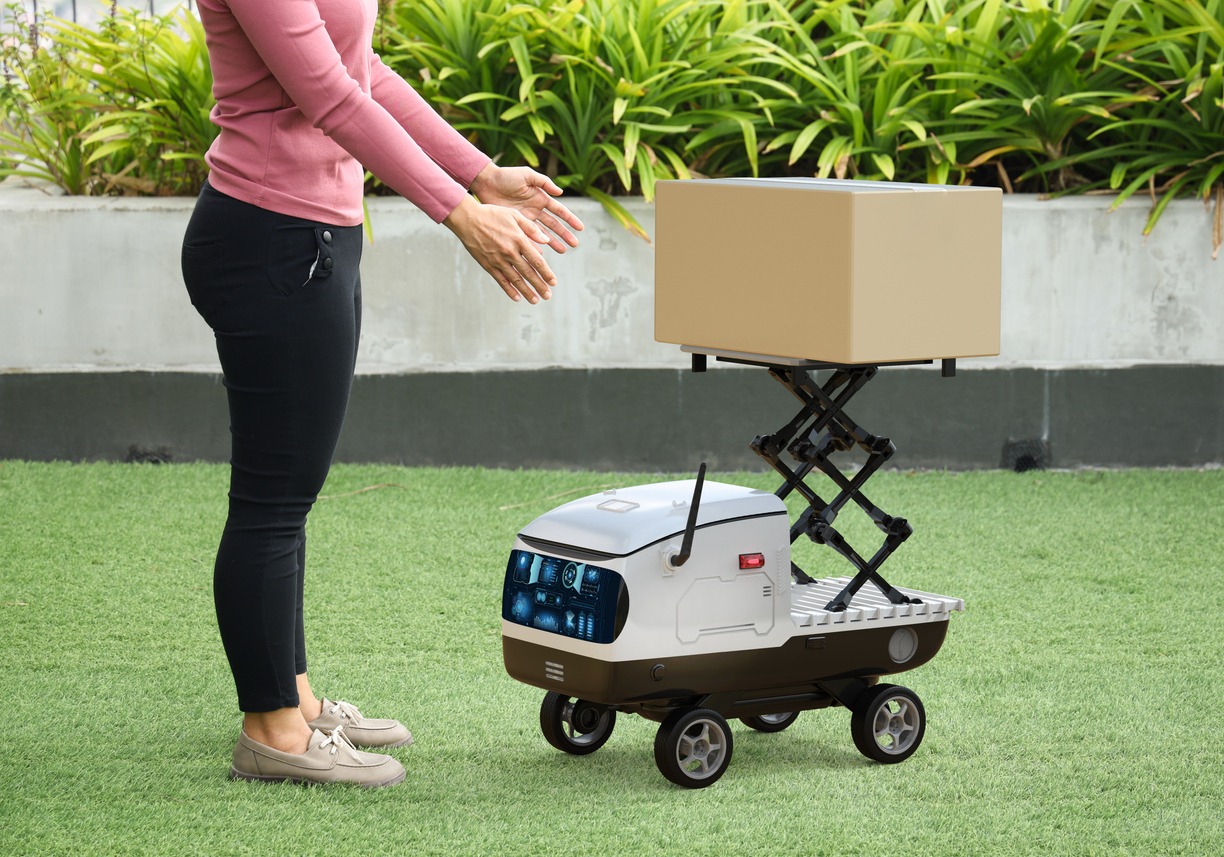
Some security, legal, social, and ethical issues related to the delivery robots
The paper entitled “Technology Delivery Robot. Potential Benefits, Security Concern, Social Problem, Legal and Ethical Issues” discussed that “delivery robots have been introduced without taking serious security concerns and privacy issues into consideration.”
“The major security concern facing drones is an insecure connection since a number of delivery robots depend on Bluetooth and Wi-Fi wireless protocol to access the internet (Clark, Doran, & Andel, n.d),” it said.
“Just like mobile phones, there is a growing concern that people will grow social attachment with the delivery robots in the long run. The tendency to develop an emotional bond with the drones is considered one of the major social problems the delivery drones present to humans. Nitto, Taniyama, and Inagaki (2017) state that there are high chances that being emotional about robots is likely to interfere with another social aspect of life, such as social interaction and fostering of human relationship,” it added.
On the legal and ethical issues, researchers delved into “whether the robot should have the same legal rights as the pedestrians on the walkways.”
“The critics of the Starship delivery drones argue that they congest the pedestrian pathway thus a present hazard to humans. There is also a legal issue regarding safety and the threat of personal injury that the robot may cause to the pedestrian (Pafford, 2018,). Consequently, some states, such as San Francisco has taken legal steps to outlaw the introduction of delivery robots on the sidewalk,” the paper said.

